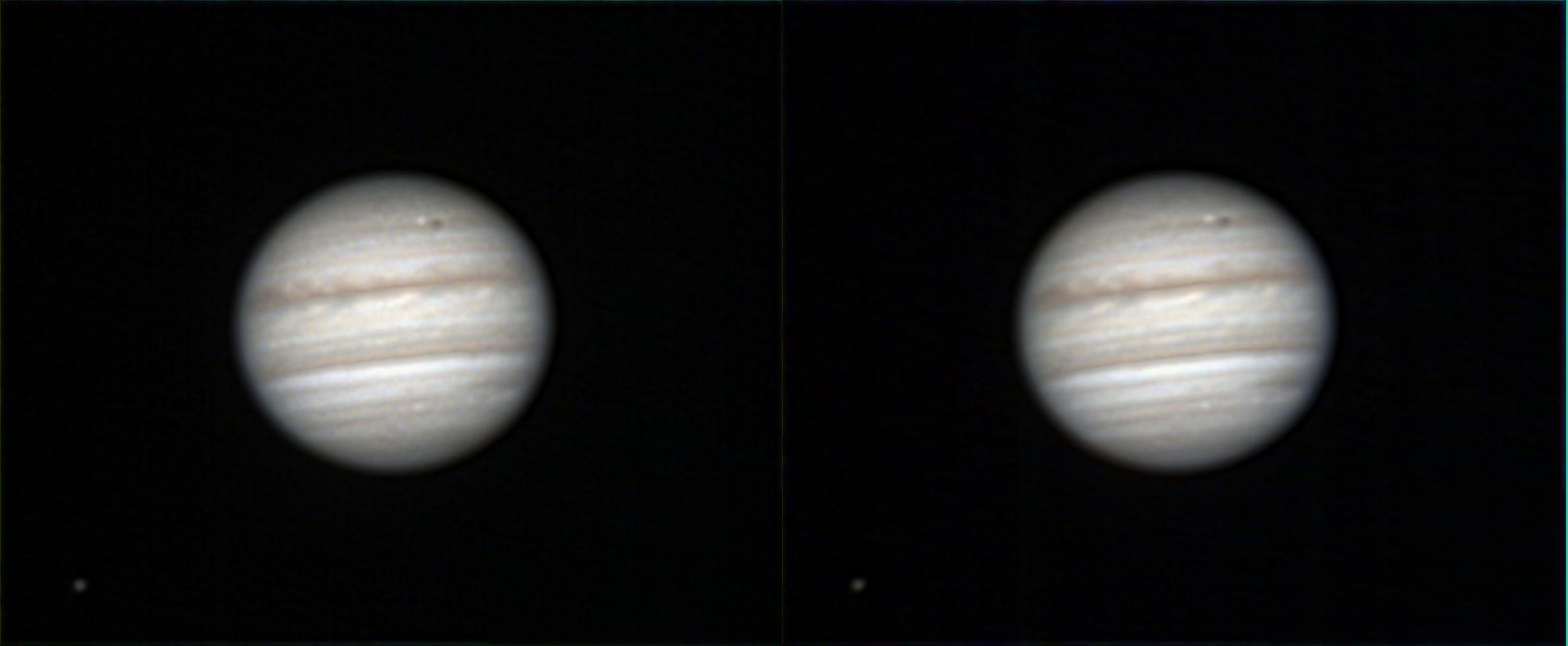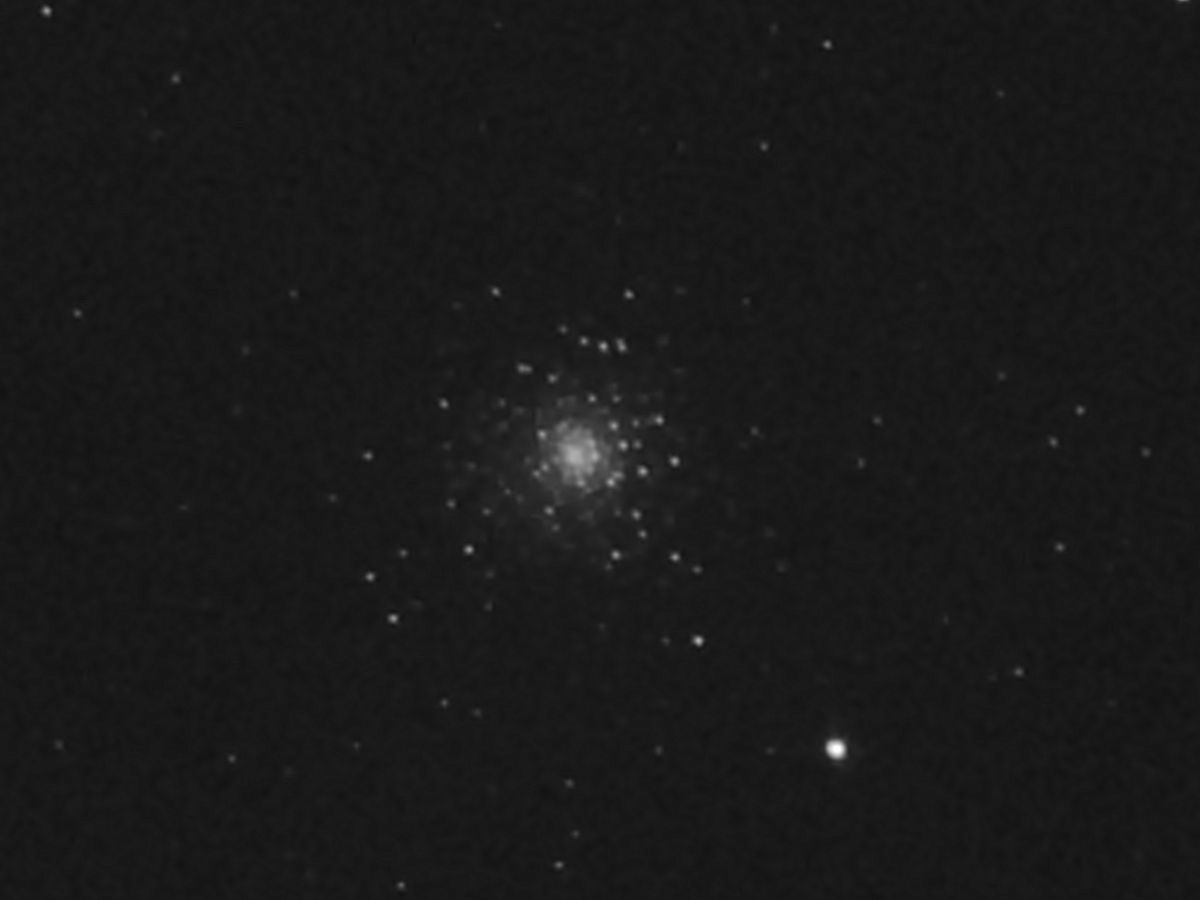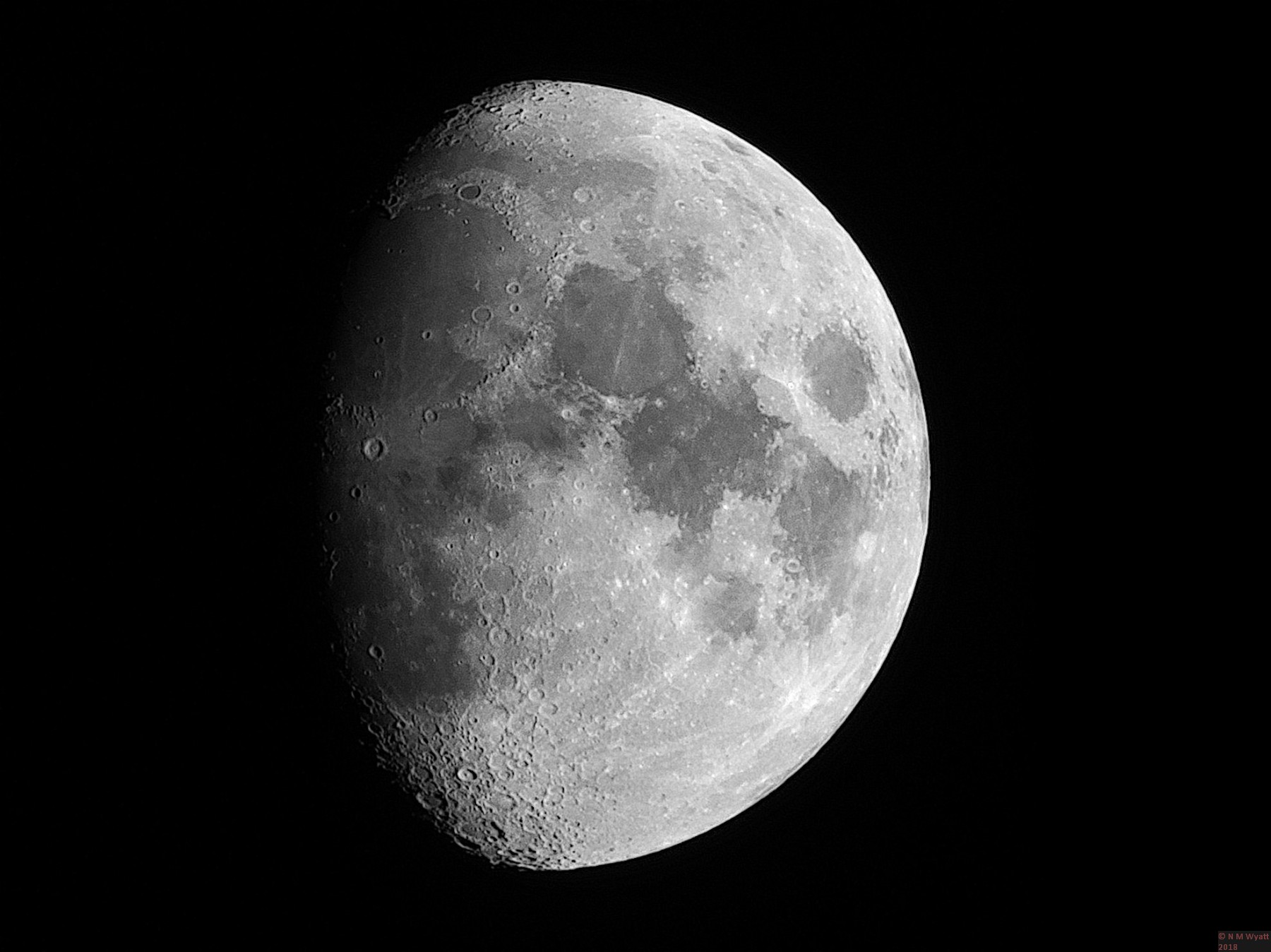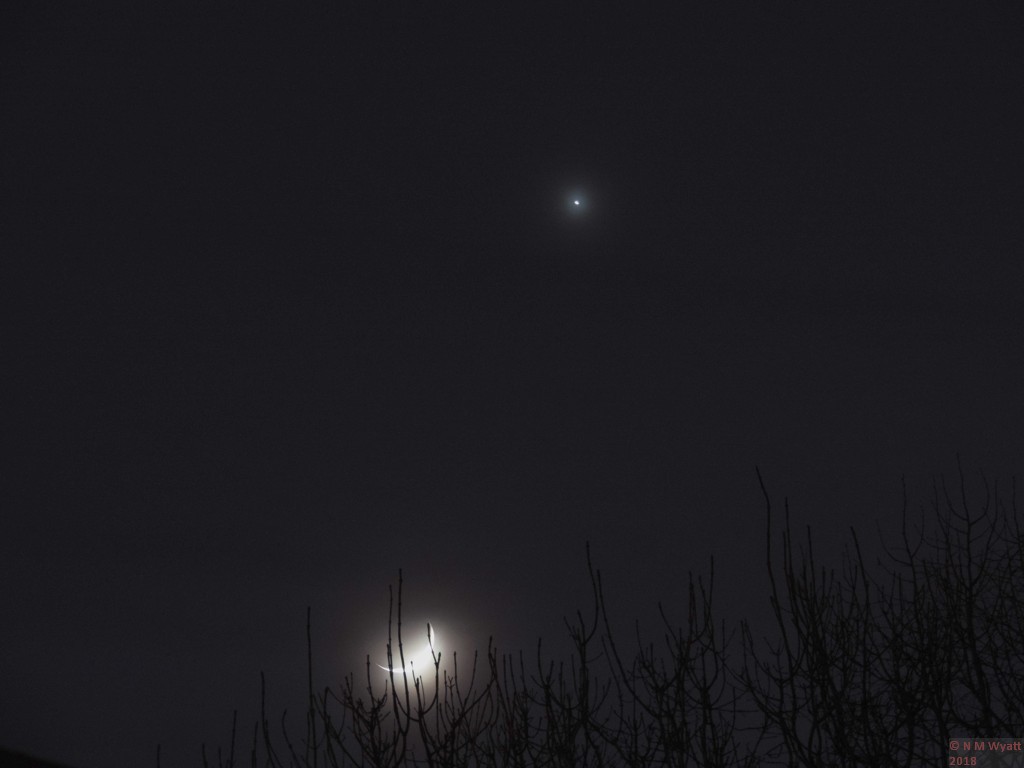If you find this website useful, please check out my books or visit my Amazon Author page. Or even Buy Me a Coffee!
Astronomy
Astrophotography
You are never too old to learn, and one of the thing that has opened my eyes has been discovering the quality of astronomical images that can be produced by amateurs with very modest equipment. By using digital cameras and image processing software it's a realistic ambition to produce images that compare favourably with those produced by the world's biggest telescopes fifty years ago - right in your back yard!
This website does not showcase the best astronomical pictures on the internet! It's a selection of pictures I have taken myself with basic equipment and free software. Producing images like these below, or even better ones, is within your reach!
Most importantly, you don't have to spend a fortune. My first serious scope, mount and tripod cost £180 on Ebay. I spent £40 on a more solid tripod, and about £200 on various bits and pieces including books and an ancient Canon EOS DSLR and a seconhand Microsoft HD Webcam. The results shown before are some of my best so far, and will be updated from time to time.
Perhaps the easiest target in the sky is the moon. You can get good pictures with any long or zoom lens, this is a 'stack' of six pictures taken with an ordinary bridge camera:
A gibbous moon photographed on the isle of Skye.
Follow the links below for introductions to some of the other things you can image in the night sky:
A Conjunction of Moon and Venus
By using two of my images of Jupiter, taken several minutes apart, to form this stereo image, you can view the planet in 3D with a moon suspended above the surface an another closer to you at bottom left. The relatively rapid rotation of the planet and its moons acts as a surrogate for moving the viewing position.
Just display the image quite large on your monitor (right click and 'view image'), relax and cross your eyes so the two planet images overlap in the middle.

- Details
- Category: Astrophotography
M9 is one of the closest globular clusters to the centre of the Milky Way. It is bright enough to be easily seen in small telescopes.

M9, globular cluster in Ophiuchus
- Details
- Category: Astrophotography
M14 is a bright globular cluster that can be seen with binoculars. It contains several hundred thnousand stars.

M14, globular cluster in Ophiuchus
- Details
- Category: Astrophotography
M18 is a sparse open cluster of stars calculated to be 33 million years old. It si in a 27 million year orbit of the milky way, so it has only completed one circuit.

M18 - open cluster in Sagittarius.
- Details
- Category: Astrophotography
M80 is a globular cluster in the constellation of Scorpius. It contains a relatively high proportion of 'blue straggler' stars.

M80, globular cluster in Scorpius. This mono image is just two 1-minute exposures with a red filter.
- Details
- Category: Astrophotography
Page 2 of 23




